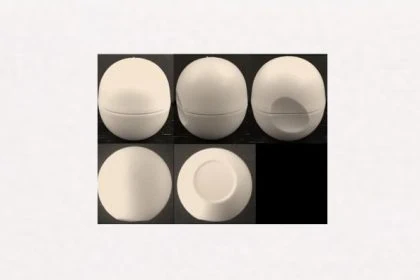In its leading decision “Stella”, the Federal Supreme Court overturned the previous case law on the revocation of a trademark and the use of the trademark within the five-year period. Especially in the area of the burden of proof, this has a considerable impact on practice – to the detriment of the trademark proprietor.
Commercial use of a trademark
In principle, trade mark protection is only granted if the trade mark application is used for an actual commercial purpose; a trademark application as an indefinite stockpiling is virtually not possible (in this context, please read our article: BGH judgement: Classe E versus E-class).
Accordingly, a trademark proprietor must be able to prove the commercial use of the trademark, otherwise the trademark may be revoked by a third party due to non-use pursuant to § 49 German Trade Mark Act. By the way, it is also considered use of the trade mark if the trademark is affixed to goods or their presentation or packaging in Germany, but the goods are intended exclusively for export.
Use of the trademark within a five-year period
However, the registration of a trade mark shall be revoked and cancelled upon request only if it has not been used under § 26 within an uninterrupted period of five years. Therefore, one speaks of the use of the trade mark within five-year period.
Thus, if a trade mark has not been used or has ceased to be used within the five-year period, this counts as a legitimate reason for revocation of that trade mark. This is anchored in German trademark law (§ 49 (1) Trade Mark Law) as well as in European trademark law (Art. 12 of EU Regulation No. 2008/95).
Relevant five-year period
For the proof of the five-year period, the use of the trade mark cannot be proved for any arbitrary period of 5 years, but the date of filing the action and thus the date of service of the action must be taken into account as a matter of principle. In other words, the registration of a trademark is declared revoked if the trade mark has not been used within a period of five years after the date from which no further opposition to it is possible.
This becomes clear in the concrete case constellation in the Stella case before the BGH: The defendant was the owner of a German word mark applied for in 1978 and registered in 1982. It was not until May 2017 that a request for cancellation on grounds of lack of use was filed with the DPMA; in July 2017, the plaintiff was informed that the defendant had opposed the request for cancellation. Thereupon, the applicant filed an action for cancellation in September 2017.
The Court of Appeal, taking into account the case law of the Federal Court of Justice (Bundesgerichtshof, BGH) in this regard, assumed that the relevant five-year period of non-use was the period between 30 January 2015 and 30 January 2020; 30 January 2020 was the date of the oral proceedings before the Court of Appeal.
BGH revises case law on the five-year period
Indeed, according to previous BGH case law, the period from the filing of the action until the conclusion of the oral proceedings was included in the factual instance. However, the BGH now overturned this legal practice and also explicitly emphasised this. The BGH ruled in its judgement “Stella” (I ZR 40/20) that the decisive point in time for the five-year period was the date of petition for annulment on 2 May 2017, because the plaintiff had filed the action for cancellation within three months after the defendant’s opposition had been served.
According to the Federal Supreme Court, the relevant point in time for the five-year period is derived from § 52 (1) MarkenG, as amended, according to which the effects of the trade mark are deemed not to have occurred to the extent that it is declared revoked from the time of the application under § 53 MarkenG or the filing of the action under § 55 MarkenG.
Since the action for cancellation – as in the present case – was preceded by an application under § 53 MarkenG, the Federal Supreme Court considered the date of petition for annulment to be decisive – provided that the action for cancellation was filed within three months after the trademark proprietor’s opposition had been served.
Burden of proof to be borne by the defendant from now on
At least equally relevant for practice is another aspect of the BGH’s Stella ruling, namely the burden of proof. Specifically, it concerns the allocation of the burden of proof for the genuine use of the disputed mark within the five-year period. The BGH shifts the burden of proof to the trademark proprietor.
The Federal Supreme Court expressly no longer adheres to the previous case law, according to which the burden of proof for the prerequisites for revocation of a trade mark was on the party bringing the action. The BGH explained that the court no longer adhered to this because it was no longer in line with an interpretation of § 49(1) MarkenG in conformity with EU law. Instead, the owner of the disputed trademark, which is the subject of an action for revocation, generally bears the burden of proof and presentation of the genuine use of this trademark.
Do you also want to protect or defend your trademark?
Our lawyers have many years of expertise in design law and trade mark law as well as in the entire field of intellectual property and are entitled to represent you before any court – in Germany and also internationally.
Please feel free to contact us if you are interested.

Sources:
BGH judgement Stella, I ZR 40/20
Image:
geralt | pixabay | CCO License








Leave a Reply